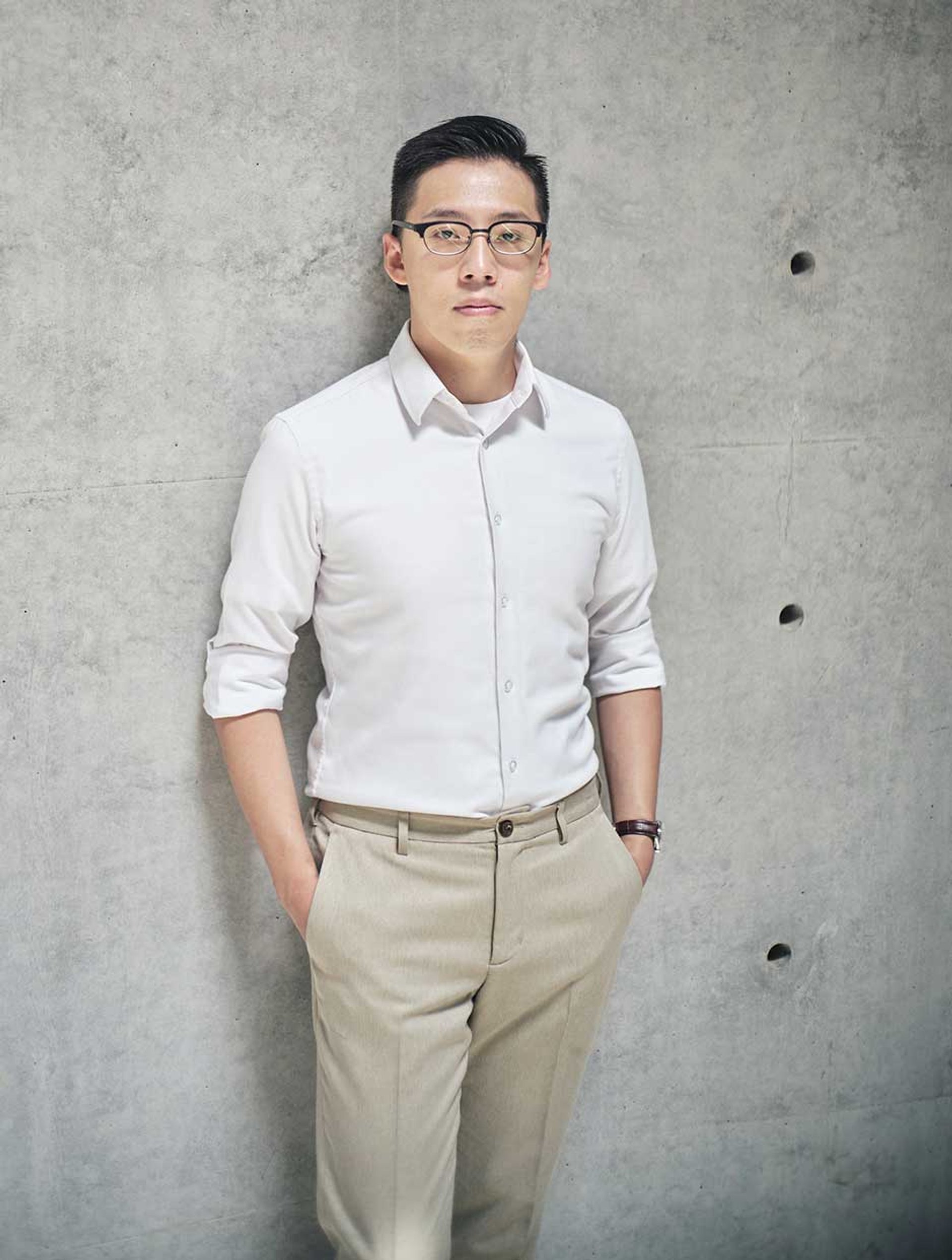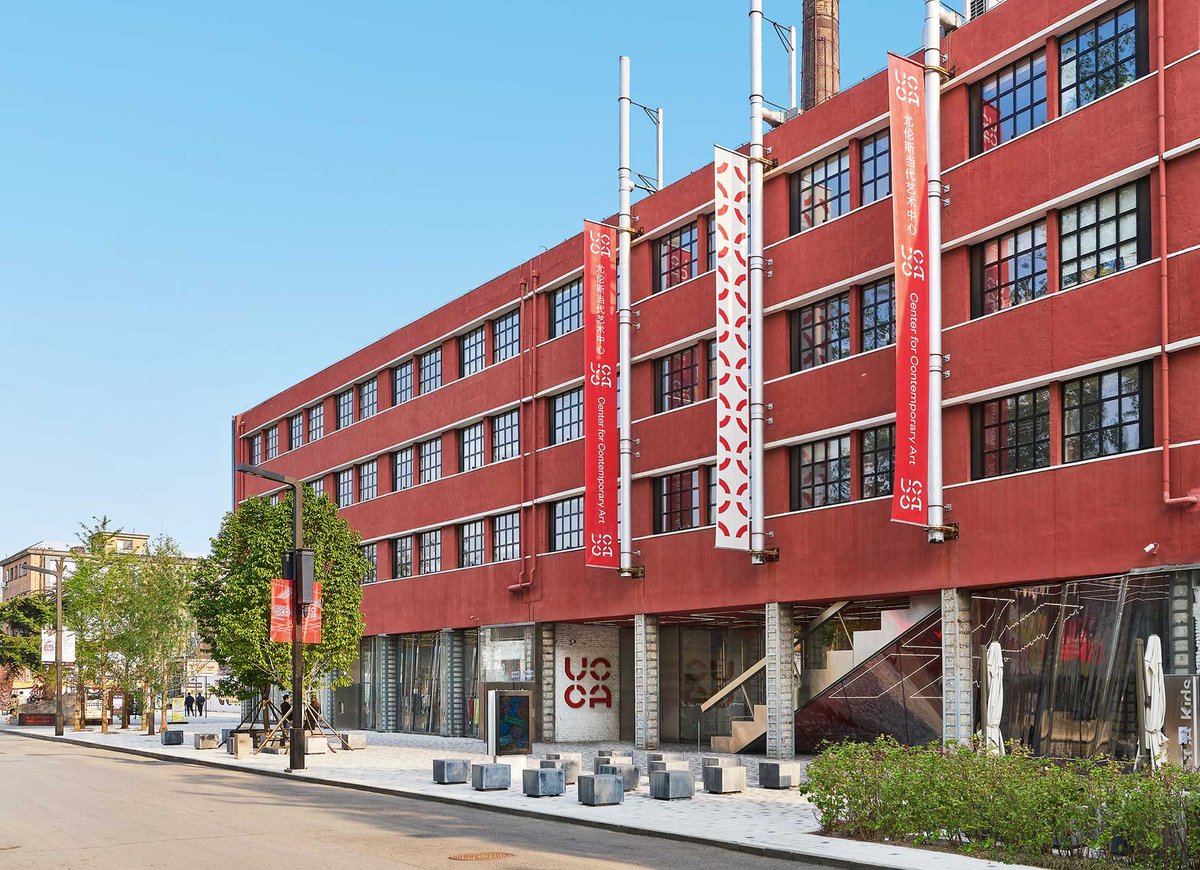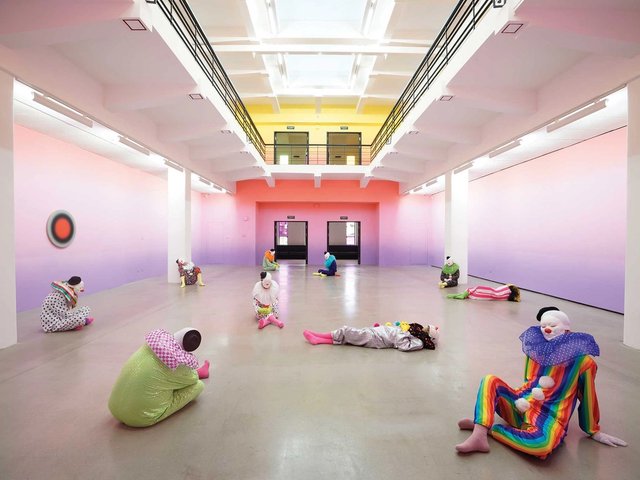All booms must end, and mainland China’s spectacular period of new museum building in the 2010s was probably destined to fizzle even before the twin tripwires of Covid-19 and an economic slump. Nonetheless, China’s art world was shocked when the news came in August 2022 that Guangzhou’s beloved Times Museum would be shutting that autumn.
Since 2003, Times’s small space atop an apartment block had hosted some of the most provocative exhibitions and nuanced scholarship in Asian art and built a strong community around it. But it was funded by Times Property, and a long-predicted implosion of the Chinese property sector had finally arrived.
Many private museums failed to establish sustainable funding models
Times Guangzhou relaunched last year as a project space. But there have been plenty of other more definitive demises. The Shanghai location of OCAT, a chain of property developments that at one point also had museums in Beijing, Shenzhen and Xi’an, closed indefinitely in summer 2021 after outrage over a video work it exhibited ranking women’s attractiveness. As Covid restrictions deepened, the museum never reopened.
Qingdao’s TAG Museum this summer announced it was suspending operations. Nanjing’s much vaunted Sifang Art Museum now appears to be a rental space for events, while other standouts like Yinchuan MoCA and Shanghai MoCA have scaled back to mount only modest, occasional exhibitions. In 2023, when the wealthy owners of Long Museum in Shanghai and Chongqing auctioned part of their massive collection, that institution’s future also seemed precarious, though it has continued operating.
“The sector has entered a post-boom phase,” says Li Anqi, a curator and historian who has a research focus on Chinese museums. “The initial rapid expansion—at times, a craze—has cooled down, which is a natural development as perpetual growth is unrealistic.”
The museum craze of the 2010s brought China hundreds of new art institutions, many of them vanity projects set up by eager new collectors or attached to property developments in pursuit of traffic and tax breaks. According to China’s National Cultural Heritage Administration, in 2024 the number of registered museums in the country increased by 213 to 7,046; researchers Fenghua Zhang and Pascal Courty found that between 1996 and 2015 the number more than trebled, from 1,210 to 3,852.
‘A moment of consolidation’
But beyond the initial fanfare of flashy facilities and eye-watering budgets, only a few dozen of these museums established reputations for consistent curatorial visions and exhibition programming. “This current moment presents a valuable opportunity for museum founders to reflect on their work and focus on how to sustainably operate and maintain existing ones,” Li says.
Philip Tinari, the director and chief executive of UCCA, which has several locations in China, describes 2025 as “a moment of consolidation”. For a while, he says, “discourse was dominated by this idea of a kind of infinite expansion”. Now he sees China moving “in a direction where contemporary art doesn’t need to be a kind of catch-all for aspirations and anxieties about the future. Instead, it is—or it’s becoming—a field of cultural production with a specific set of possibilities and audience and reception around it. There’s definitely a maturation that’s happening.”
Collector-backed foundation spaces are proliferating. “There are a lot of private individuals who ten or 15 years ago would have been the kind of people to start museums,” Tinari says. “That passion is getting channelled into slightly more contained and focused projects.”
“People realise now that a lot goes into starting and running museums,” he adds. “It’s not as easy as it looks.”
UCCA, which launched in Beijing in 2007, has branched out to projects in Beidaihe, Yixing, Shanghai and in late September to Jincheng, Shanxi province. It was the focus of a report in July in the South China Morning Post (SCMP) alleging that cashflow issues had caused delays to some staff salaries. In an emailed statement, UCCA said the article “was riddled with inaccuracies and exaggerations. UCCA is currently in legal proceedings with SCMP over the multiple material and factual errors contained therein.” The museum declined to address the allegations or to specify what was inaccurate.
In a statement, the South China Morning Post said it stands by its story and UCCA has not initiated any legal proceedings against the newspaper. “The article in question was prepared following a comprehensive research process,” the SCMP statement says. “The SCMP is satisfied that the reporting accurately reflects the substance and context of the matters discussed.”
Similar payment rumours have dogged other institutions, with tax investigations, backdoor art sales and messy divorces among the purported situations facing private museums.
“It has become clear that many private museums born from this boom failed to establish sustainable funding models or cultivate in-house curatorial and educational teams—both are essential for a museum’s long-term survival,” Li says. “The private museums that continue to operate such as Rockbund Art Museum [in Shanghai], He Art Museum [Shunde], and By Art Matters [Hanghzou] are typically those with sound financial operations and professional staff who are paid with reasonable salaries and are given opportunities to learn.”
Shao Shu, the executive director of He Art Museum (HEM), says the museum’s funding structure is “quite healthy”. Founded in 2020 by He Jianfeng, a prolific collector and son of the founder of the electronics manufacturer Midea, HEM receives support from a foundation.

Shao Shu, director of the He Art Museum, says tickets are a dispensable luxury in tight times
Photo: courtesy He Art Museum
“The museum would not be easily influenced by the economy, environments or if the company made bad investments and lost money,” Shao says. Tickets and merchandise also bring in a portion of the budget that is expected to increase annually, currently covering exhibition costs, with the goal of full independence after a decade.
Falling ticket sales
Shao says HEM eschews the commercial gallery-funded selling shows that have sustained many other private museums. That revenue stream has slowed, though; even lucrative fashion brand exhibitions have become less common. Admission to HEM costs 150 yuan ($21) but with discounts or free admission for some, the per-head average is just under 100 yuan ($14). The museum sold around 400,000 tickets last year but expects that to drop 20% this year. The reasons, Shao says, are primarily economic; museum tickets are a dispensable luxury when income shrinks. Though growth is projected at 4%-5% for this and next year, youth unemployment hit 18.9% in August.
Meanwhile, the ranks of contemporary art lovers in China are growing, but slowly. Shao says many visitors find contemporary art “challenging”. With the economy slowing, the young, educated core demographic is disproportionately leaving China, or decamping from the big cities to cheaper small towns.
Government-backed Chinese museums have in recent years moved towards free admission, which Shao believes also cuts into private museums’ visitor numbers. “People who don’t care about quality will choose whatever is cheaper ... Plus the traditional cultural things showing at the national museums are easier for people to connect with.”
Public-private collaborations have a mixed track record—Qingdao’s TAG Museum, for instance, suspended operations after losing backing from a cash-strapped local government.
“The call for systematic support for private art museums has been voiced for years, yet meaningful policy progress remains limited,” Li says.
Compared with public museums—particularly those promoting traditional culture and values, or serving as instruments of foreign relations, like Shanghai’s West Bund Museum, which has a ten-year partnership with Centre Pompidou—private contemporary art museums are “especially vulnerable”, Li says.





